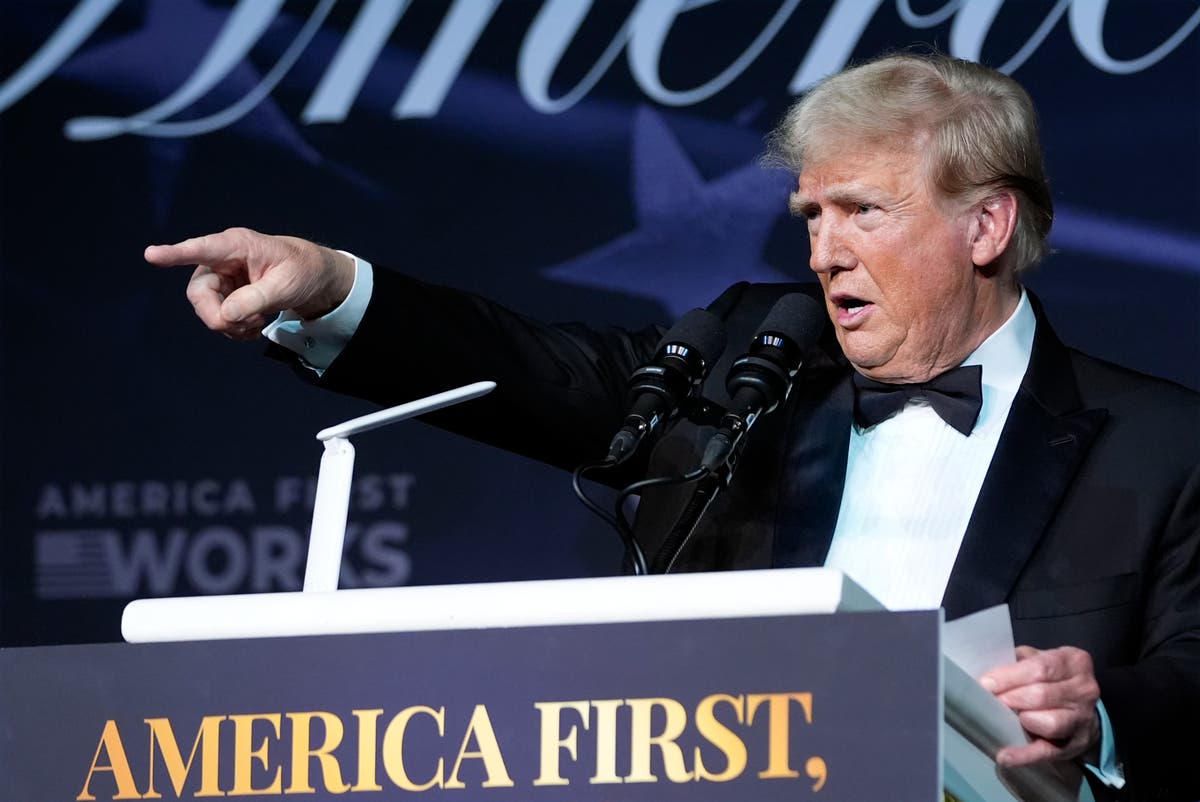Shopping
Americans spent $12B on Halloween last year. They’re expected to spend less in 2024.
3-minute read
Paramus NJ Halloween Decorations: Video
Joe Schisani talks about the Halloween decorations in his front lawn on Brookfield Ave in Paramus, NJ
Last year, Americans spent a record $12.2 billion on Halloween — from costumes to decorations and candy — according to the trade group the National Retail Federation.
This year they’re expected to spend less — $11.6 billion total to be exact, according to the NRF — as Americans grapple with the aftereffects of years of national price increases.
That comes out to an average $103.63 per person versus last year’s $108.24 — or a $4.62 difference — the NRF found in a Sept. 19 survey conducted by Prosper Insights & Analytics.
“This year’s spending fits within a broader trend of consumers continuing to prioritize what’s important to them, including essentials and holidays,” said Katherine Cullen, the trade group’s vice president of industry and consumer insights.
Story continues below photo gallery
Many consumers are dealing with “inflation hangover of higher baseline prices on everything from rent or mortgage payments to insurance to key food categories,” said Mary Brett Whitfield, who heads shopper insights at the Manhattan-based market research company Kantar.
“This makes spending on discretionary goods — including spending on many Halloween categories — tougher to justify,” she said in an email.
Last week, the Federal Reserve cut interest rates for the first time since 2020, a move expected to bring much-needed relief for businesses when it comes to expansion and hiring, and for consumers when it comes to home and auto purchases, as well as credit card debt.
The U.S central bank is expected to cut interest rates two additional times before the end of 2024.
The rate cut announced last week brings a 0.5% reduction from the Fed’s 23-year high benchmark rate of 5.25% to 5.50%, after several rate hikes were implemented to tame high inflation spurred by the COVID-19 pandemic. This is expected to be the first in a series of rate cuts through the end of 2024 and into 2025.
Inflation is easing nationwide, having slowed to more than a three-year low of 2.9% earlier this month, driven by falling prices in gasoline and used cars. Price increases in North Jersey cooled to 3.7%, the lowest rate of inflation since April, reported the U.S. Bureau of Labor Statistics.
But it takes time — the better part of a year — for the effects of any interest rate cuts to be felt in the broader economy, according to Charles Steindel, the state’s chief economist under the Christie administration.
Earlier holiday spending
The NRF found a surge in earlier spending on Halloween products, with shops putting out decorations as early as July and Spirit Halloween stores opening across the nation this summer.
In its poll, the NRF found that 47% of survey participants planned to do their Halloween shopping before October. Many people — 48% — said it was mainly to avoid the stress of last-minute shopping.
“Retailers are pulling the event forward in a bid to generate sales and get an early bite of the seasonal cherry,” said Neil Saunders, a retail analyst and managing director of GlobalData. “Consumers are looking for excuses to spend and banner events like Halloween provide this.”
“We also expect an earlier start to the holiday season in general as a shorter window between Thanksgiving and Christmas and uncertainty around,” Saunders continued.
Daniel Munoz covers business, consumer affairs, labor and the economy for NorthJersey.com and The Record.
Email: munozd@northjersey.com; Twitter:@danielmunoz100 and Facebook









